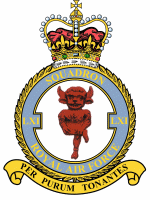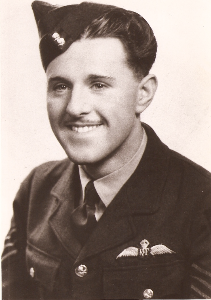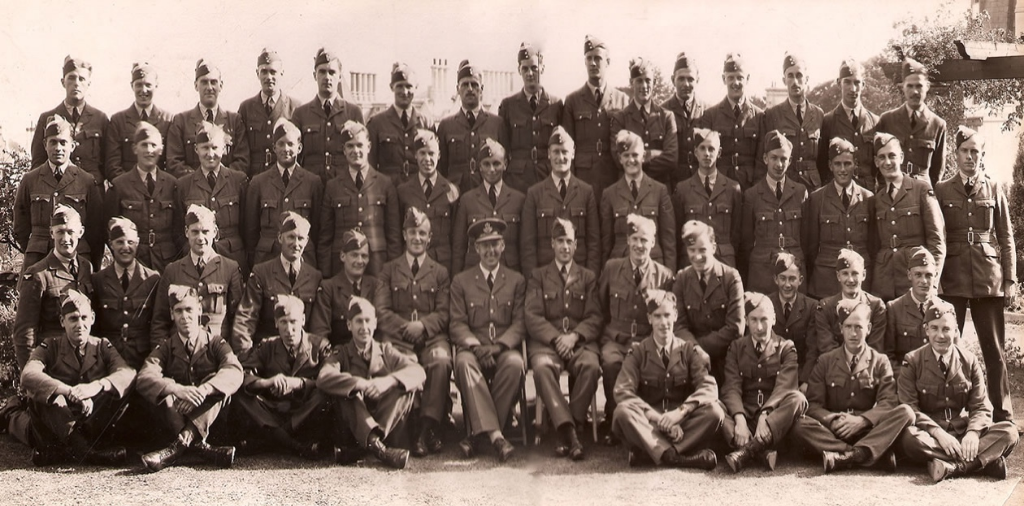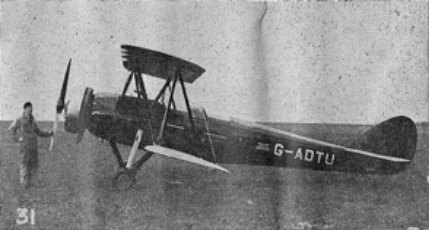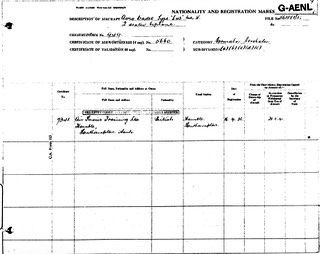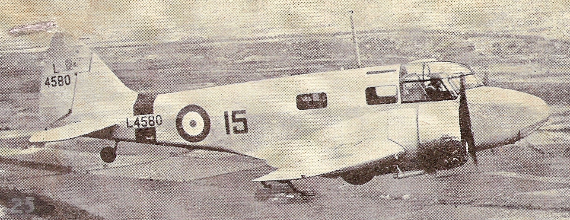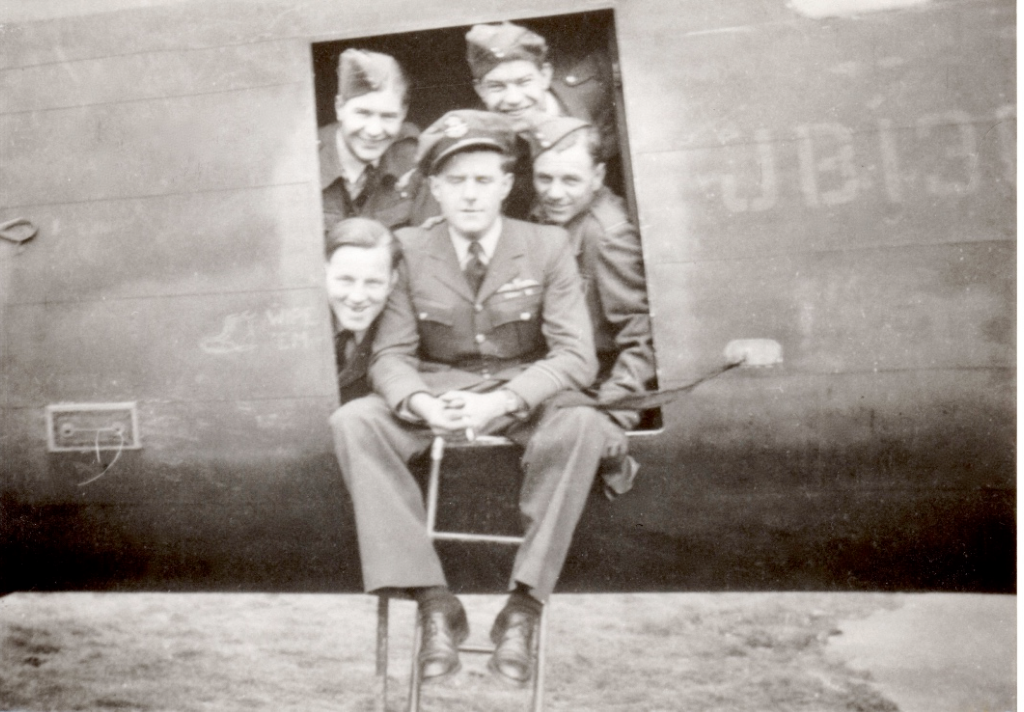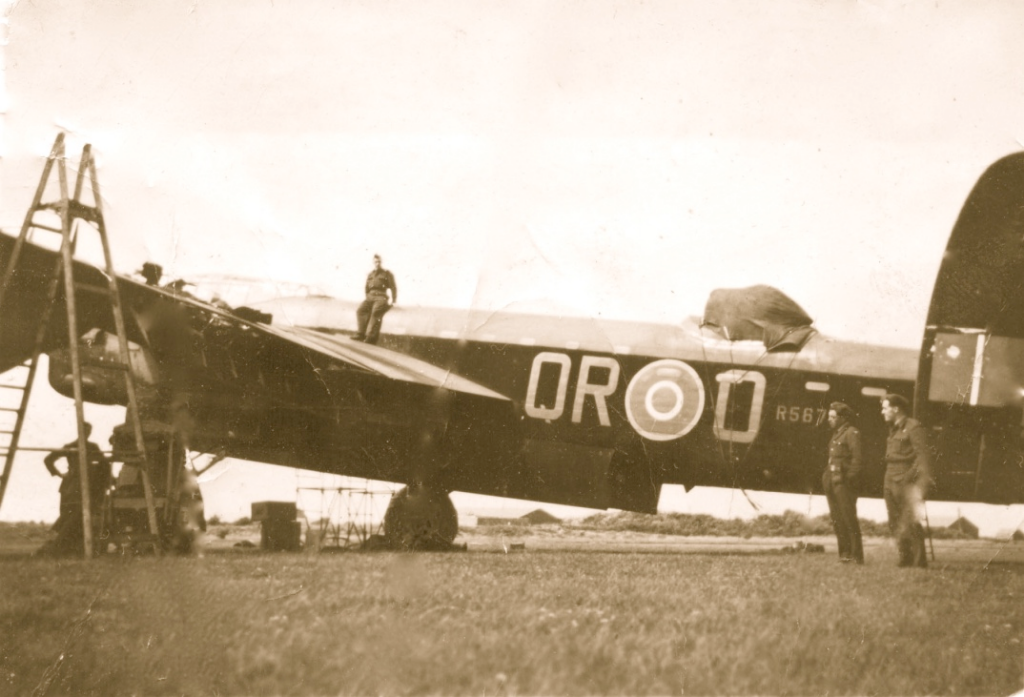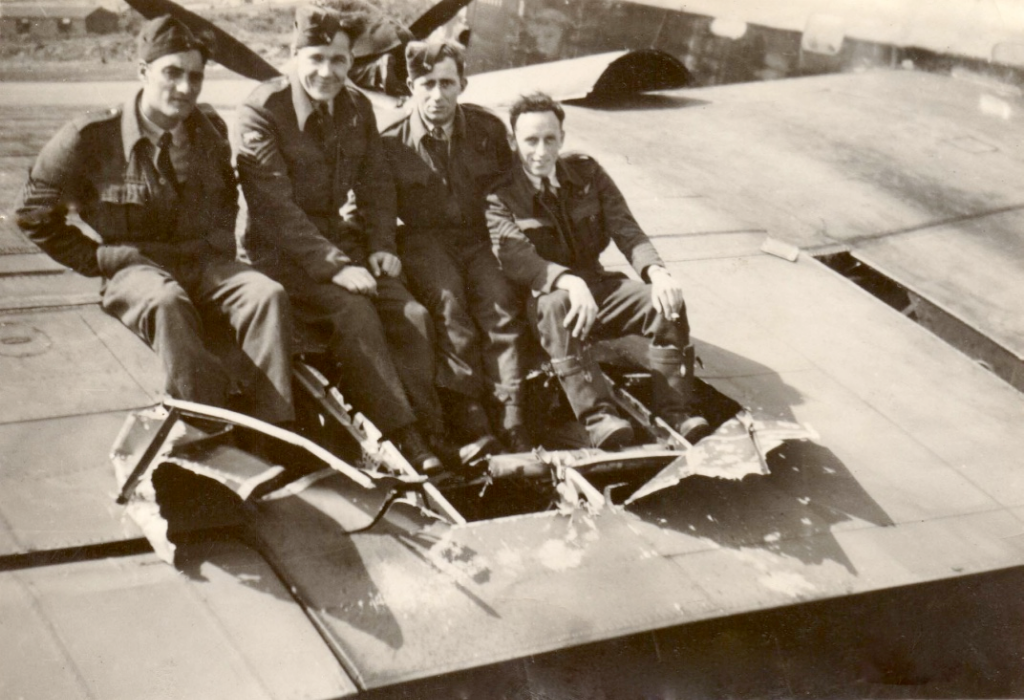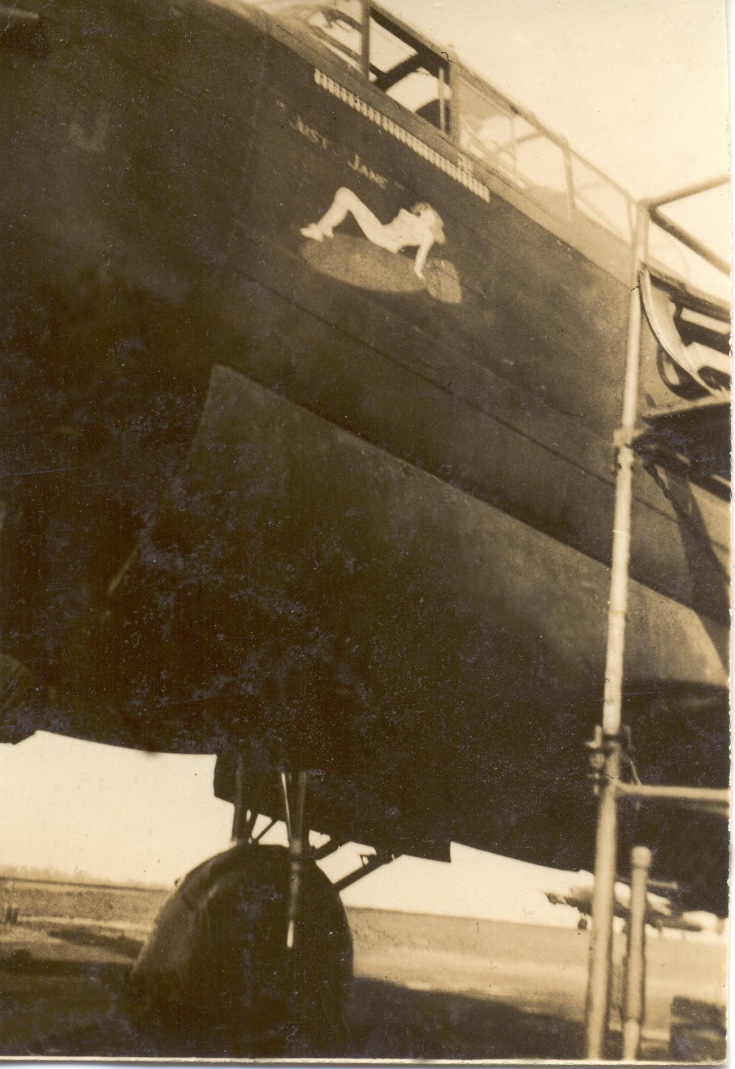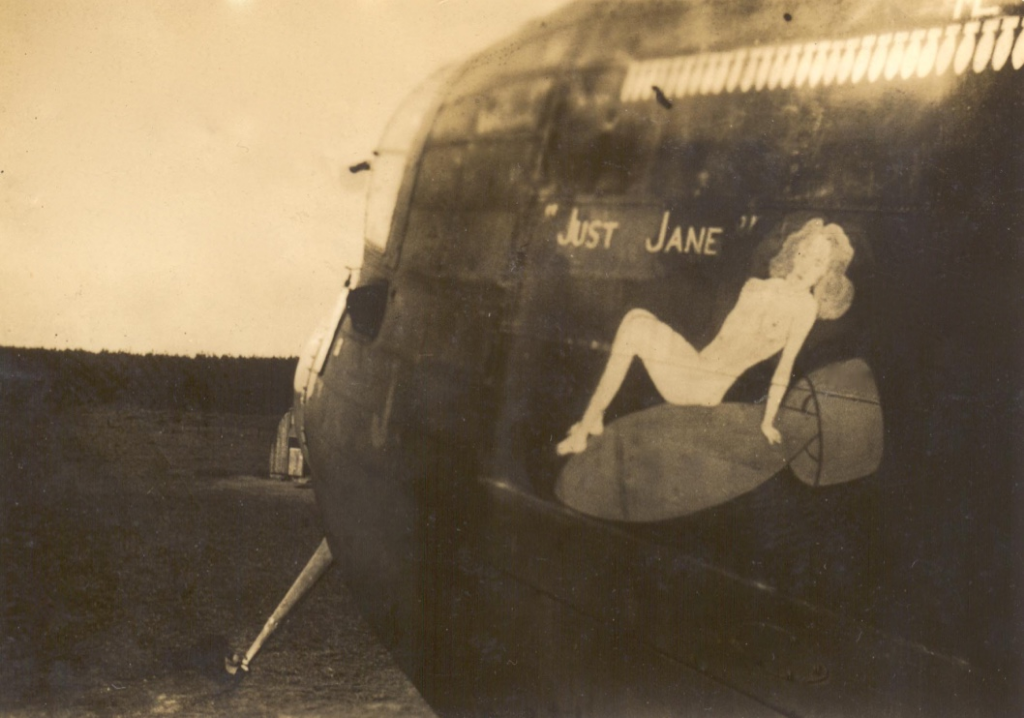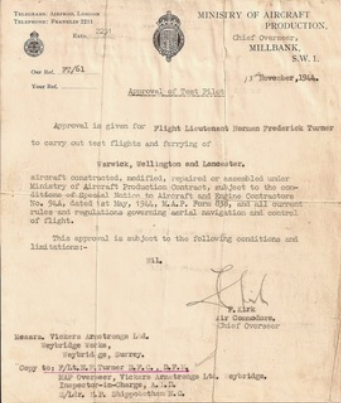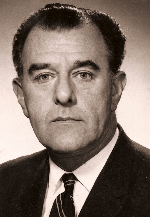Flight Lieutenant Norman Frederick Turner
1919 - 4 April 1995
In Loving Memory...
Based on his love of flying, the Royal Air Force, and the Avro Lancaster in particular, my father would have agreed that the above picture depicts how he would have preferred spending his final moments here on earth. In other words, flying off into the sunset in his favourite Lancaster, JB 138, “Just Jane.“ As a side note, JB 138 has the distinction of being one of the very few Lancaster’s to complete over 100 operational sorties during the World War II.
I have tried numerous times to begin to describe my relationship with my father but each time I stumble and the words fail me. He was a difficult man to please, with expectations that were unattainable. The experience reminds me of Don Quixote de la Mancha, tilting at windmill sails. I tried many times to reconcile our differences before the opportunity escaped us both but that too proved to be, an impossible dream. Since my father’s death, I have come to the conclusion that although he outwardly survived the war, inwardly he was still a victim of it. Despite his self-centred persona, he was loved by his family! I just hope he knew it? The one thing I cannot deny and for which I am very proud, is my father’s exemplary service to his country during World War II as a pilot in the Royal Air Force. It is that period of his life that is my focus in this tribute.
My father joined the Royal Air Force in June 1940, when he was 21 years old. From June 11, 1940, through August 20, 1940, he received his basic training as a member of D Flight, No. 4 Squadron, 5 Initial Training Wing (ITW), which was located near Hastings, East Sussex. My father is the airman on the far left in the back row.
From August 21, 1940, through September 21, 1940, he learned to fly at No. 3 Elementary Flying Training School (EFTS), which was then located at RAF Watchfield, Berkshire, having previously been at RAF Hamble in Hampshire. He made his first solo flight in an Avro 643 Cadet Mk.II, with the nationality and registration mark (G-AENL), on August 30, 1940. My father flew a number of other Avro Cadet aircraft during his flight training at RAF Hamble, including G-ADTU, which is pictured above.
From January 15, 1941, through April 25, 1941, he was trained as a navigator at the No. 2 School of Air Navigation, RAF Cranage, Cheshire, where he flew the Avro Anson Mk.I. I found it interesting that in an assessment of his abilities in his Log Book on July 8, 1941, concerning points to be watched, a written notation asked “Has he shown aptitude as a Pilot Navigator?” The assessor wrote an emphatic “NO” in large print.
From April 26, 1941, through July 10, 1941, he continued with his flight training at No 25 Operational Training Unit (OTU), which was located at RAF Finningley, Yorkshire. It appears from his records that his training focused on instrument flying, air/firing, and bombing. During this flight training he flew the Avro Anson, Vickers Wellington, and Handley Page Hampden, with the majority of time being spent flying the latter. Indeed, in the June and early July of 1941, he flew what appears to be his first seven operational bombing raids in a Hampden.
On July 14, 1941, he was posted to Bomber Command, No. 5 Group, No. 61 Squadron (Sqn), to begin what would be his first of two operational tours with No. 61 Sqn. Between July 29, 1941, and sometime after August 29, 1941, he flew a variety of aircraft, including the Airspeed Oxford, Handley Page Hampden, and Avro Manchester. Again the majority of this flying appeared to be training, including endurance tests, local and cross country flights.
Around September 10, 1941, he was posted to No. 97 Sqn., RAF Coningsby, Lincolnshire, where he remained for only a brief period. He was posted back to No. 61 Sqn., on October 21, 1941. It is unclear why he was posted to No. 97 Sqn., for such a short period of time. Presumably, it was for further training, which included one two hour flight on September 29, 1941, to drop bombs at the RAF Wainfleet bombing range.
During his first operational tour with No. 61 Sqn., he flew out of the following airfields:
RAF Hemswell, Lincolnshire, England
RAF North Luffenham, Rutland, England
RAF Woolfox Lodge, Rutland, England
RAF Syerston, Nottinghamshire, England
RAF St. Eval, Cornwall, England
RAF Syerston, Nottinghamshire, England
Twice during the summer of 1942, No. 61 Sqn., was loaned to Coastal Command for anti-submarine operations over the Bay of Biscay. On July 16, 1942, eight aircraft and twelve crews were detached from their bases in Rutland (the smallest County in England), to RAF St. Eval in Cornwall. They began a period of extreme hazard and frustration, which lasted five weeks.
In the book “The Avro Lancaster,” written by Francis K. Mason, and published by Aston Publications, there is a synopsis of one of the more memorable events that occurred during that detachment on Page 79, which reads as follows:
“A new and disastrous episode in these maritime adventures began on the 19th August with the news that an enemy blockade runner, the ss Corunna--a ( Altmark Class) Tanker of 12, 000 tons--had been sighted of the Spanish coast. R5661, captained by Flying Officer A. L. Searby, took off to make a search; it is believed that the Lancaster found the ship and attacked, but was evidently shot down by the ships defences. Squadron Leader George Ernest Weston than attacked in R5543, but his bombs all missed. Next the Canadian, Flight Sergeant C. P. Shriner, in R5563, attacked but failed to return. Two unsuccessful bombing runs were made by Flight Sergeant F. Hobson in R5562. Better fortune attended Flight Sergeant N. F. Turner in R5679 who claimed to have hit the ship with two bombs as it steamed 35 miles off Cape Ortegal; his Lancaster was severely damaged by flack from the enemy tanker but he managed to bring it home to a safe landing. Late in the evening Flight Sergeant G. E. Dale in W4111 sighted a ship but was driven off by accurate flak; from the final sortie of the day the New Zealander, Flight Sergeant O. Haynes with four Canadians and an Australian in his crew in R5605, did not return.
Such was the importance attached to the location and destruction of the enemy ship that further searches were ordered by the remaining three serviceable aircraft of No. 61 Squadron on the 20th. Furthermore, No. 50 Squadron was ordered to detach seven aircraft to join the search that day, but it is thought that no further contact was made with the German vessel. Pilot Officer J. Harrad of No. 61 Squadron, in R5543, evidently got into difficulties during his patrol, and the I.F.F. signals were seen to fade to the west of the Scilly Isles, but a subsequent search failed to find any trace of the aircraft or crew. Four further patrols were flown on the 22nd but without success. No. 61 having lost four Lancasters and 28 men , as well as four aircraft badly damaged in the course of a month, was now ordered back to its base at Syerston, as No. 50 returned to Swinderby.”
My father’s record of this operation in his Pilots Flying Log Book, provides the following information:
Month: Aug
Date: 19
Aircraft: Lancaster
No.: 5679
Pilot or 1st Pilot: Self
2nd Pilot, Pupil, or Passenger: Crew
Duty (Including Results and Remarks): Shipping Strike 10,000 ton
Altmark Class Tanker
[7 x 500 G.P. (2 hits)]
Multi Engined Aircraft (Day) (1st Pilot): 6.40 hrs.
The following two photographs show the flak damage to the left wing of R5679 after its encounter with the tanker described above.
My father’s first operational tour with No. 61 Sqn., ended on October 14, 1942,
From October 14, 1942, through November 28, 1942, he was attached to No. 1660 Conversion Unit, RAF Swinderby, flying the Avro Manchester and Avro Lancaster.
From November 28, 1942, through February 17, 1943, he was attached to N0. 3 F.I.S., Empire Central Flying School (E.C.F.S.), RAF Hullavington, Wiltshire. In his Pilots Log Book, my father refers to this attachment as “30 Course.” While taking the course, he flew 52.51 hours in the Airspeed Oxford Mk.I. He also makes reference to RAF Castle Combe, which was used as a practice landing field.
From February 21, 1943 until April 3, 1943, he returned No. 1660 Conversion Unit, RAF Swinderby, where he was assigned to “A” Flight, again flying the Avro Lancaster.
From April 9, 1943, until August 10, 1943, he remained at N. 1660 Conversion Unit, RAF Swinderby, but moved to “B” Flight. He flew a variety of aircraft during this period. including the Avro Manchester, Avro Lancaster, Handley Page Halifax, De Havilland Tiger Moth, and the Miles M.14 Magister.
My father’s second operational tour with No. 61 Sqn., began sometime around the middle of August 1943, with his first bombing raid being Nuremberg, Germany, on August 27, 1943. This was also his first combat operation as the skipper of a newly delivered Avro Lancaster Mk. III, Serial No. JB 138, Call Sign QR-J.
The crew christened JB 138 with the name “Just Jane”, after a Daily Mirror comic strip character named GI Jane, created by the Daily Mirror cartoonist Norman Pett. She was a popular pin-up with servicemen at that time. Indeed, she was so popular that she was recognized by Sir Winston Churchill, as Britain’s “secret weapon”! Of course, with the name came JB 138’s provocative nose art, which depicted a very naked Jane reclining on a bomb.
My father completed his second operational tour with 61 Sqn., on April 29, 1944, during which he and his crew completed 25 bombing raids over Germany.
His last operational mission, which was flown on April 20/21, 1944, was to bomb the railway marshalling yards at La Chapelle, located in north central Paris. According to the No. 61 Squadron Operations Record Book (ORB), Lancaster QR-J, JB 138, took off (wheels up) from RAF Syerston at 2305 hrs,. on April 20, 1944 and returned (wheels down) at 0327 hrs., on April 21, 1944. The crew was identified as:
F/L. N. F. TURNER, Captain
P/O. G. A. TURNBULL, FLT. ENG.
P/O. J. BARR, NAV.
F/S. J. S. COOK, A.B.
F/L. G. L. P. DUNSTONE, WOP/AIR
F/S. O. BALDWIN, A.G. 1.
P/O. G. A. DAVEY, A.G. 2.
The remarks in the column “Details of Sortie or Flight” were as follows:
“F/L. TURNER bombed two R.S.F. from 9800 feet at 01.31 hours. Bombing appeared well concentrated. Several fires seen burning in the target area. Some fires of no mean dimensions were well alight. Altogether a fitting end to a second tour. PHOTO. Ground Detail.”
I chose to highlight my father's operational mission to La Chapelle because of a comment he made in the remarks above, specifically “Altogether a fitting end to a second tour.” I'm certain that he wasn't aware at the time that he had been involved in a controversial plan to disrupt rail traffic leading into northern France in preparation for D-Day. The plan, which was devised by Churchill's scientific advisor Solly Zuckerman, called for the diversion of heavy bomber fleets of the RAF and the USAAF away from targets in Germany to hit railway targets in France. The plan, called the “Transportation Plan,” was opposed by Arthur Harris, RAF Bomber Command and Carl Spatz, US Strategic Air Forces in Europe. They did not want to be diverted from their bombing of Germany, and they didn't think that heavy bombers were suitable for hitting railway targets in a densely populated area, because they would cause too many civilian casualties. Their opposition proved to be insightful, because on the night of the air raid 641 people were killed and 377 injured, as a result of many of the bombs being dropped outside of the target area. This was as bad a casualty rate as any during the Blitz in London and worse than the number killed in the infamous bombing of Coventry in 1940. I can understand why my father felt this operational mission was “Altogether a fitting end to a second tour.” He flew a successful final mission and returned his aircraft and crew safely to Syerston. However, I wonder if he would have still thought it was a “fitting end” if he had known the true extent of the human tragedy that had unfolded that night. Probably not!
On July 6, 1944, he was detached to No. 17 Operational Training Unit (OTU) at RAF Silverstone, where he participated in conversion training to the Vickers Wellington. He remained there until October 28, 1944.
On October 31, 1944, he was attached to Vickers Armstrong Ltd., at their Weybridge Works in Weybridge, Surrey, as a test pilot. He carried out test flights and ferrying of Warwick, Wellington and Lancaster aircraft constructed, modified, repaired or assembled under Ministry of Aircraft Production Contract. Beginning on November 10, 1944, the majority of his test flights were conducted at Squires Gate, where Vickers Armstrong built 2,584 Wellingtons before ceasing production and closing the factory in October 1945. He remained there until June 20, 1944.
For a brief period beginning April 10, 1945, through April 29, 1945, he was attached to A. V. Roe and Company Limited at Woodford, Lancashire. While there he flew test flights in the Lancastrian, Lincoln and Tudor I.
July 1, 1945, through September 1, 1945, he was assigned to No 12 Ferry Unit, RAF Melton Mowbray, Leicestershire. While there he flew tests flights in the Lancaster.
September 3, 1945, through December 1, 1945, he was attached to the Transport Command Development Unit (TCDU) RAF Harwell, Berkshire. While there he flew test flights in the Lancaster, Liberator, Warwick V and Dakota.
- September 20, 1945, through October 1, 1945, he was detached to No. 2 Air Base Depot, USAAF, Worton, Lancashire, where he participated in conversion training on the Consolidated Liberator.
December 14 1945, through February 7, 1946, he was assigned to No. 231 Squadron, Full Sutton, Yorkshire. While there he flew test flights in the Lancastrian.
February 8, 1946, through March 3, 1946, he was attached to No. 6 Ferry Unit, RAF Dunkeswell, Devon. His Pilots Flying Log Book shows no record of flights during this period, which was at the end of his service.
April 12, 1946, my father accepted a Class A Release from service and returned to civvy street.
On April 4, 1949, he rejoined the RAF as a Pilot I and reacquainted himself with flying at No. 1 Pilots Refresher Flying Unit (PRFU), RAF Finningley, Yorkshire. But, that's another story!
My father died quietly in his chair in the living room of his home in Macclesfield, Cheshire, on April 4, 1995, at the age of 75. He had just asked my mother for a cup of tea but when she returned to him with it, she found him dead. She heard no cry for help or loud protest, he was just gone. His death certificate listed his cause of death as a Myocardial Infarction and Ischemic Hearts Disease. Yes, my father had been a smoker for most of his life and since he didn’t have a very active lifestyle, he probably had a high cholesterol count, making him a prime candidate for a heart attack.
I am grateful to Norman Turners's son Allan Turner for compiling this story and supplying it to the association. A man with an illustrious flying career.
Mike Connock


